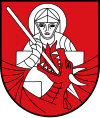Oberwölz is a city since 2015 in the Murau District of Styria, Austria. The city was founded as part of the Styria municipal structural reform, at the end of 2014, with the merger of the former independent municipalities Oberwölz Stadt, Oberwölz Umgebung, Schönberg-Lachtal and Winklern bei Oberwölz, whereby the new municipality became ranked as a city ("Stadtgemeinde").
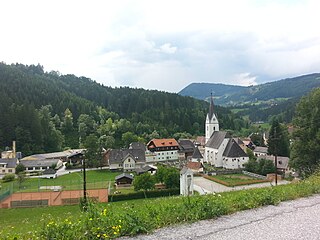
Geistthal-Södingberg is, since the beginning of 2015, a municipality within Voitsberg, Styria. The municipality of Geistthal-Södingberg was created as part of the Steiermärkische Gemeindestrukturreform in Styria, which combined Geistthal and Södingberg.

Aflenz is since January 2015 a new market town with 2,421 residents in Bruck-Mürzzuschlag District of Styria, Austria.

Söding-Sankt Johann is since 2015 a municipality with 4,043 residents in Voitsberg District in Styria, Austria.

Dobl-Zwaring is a market town with 3,445 residents in Styria, Austria. It lies in the southwest part of Graz-Umgebung District.

Feistritztal is since 2015 a municipality in Hartberg-Fürstenfeld District in Styria, Austria.

Ehrenhausen an der Weinstraße is a municipality with 2,623 residents in the Leibnitz District of Styria, Austria.

Gutenberg is a municipality since 2015 in the Weiz District of Styria, Austria. It was created as part of the Styria municipal structural reform, at the end of 2014, by merging the former towns of Gutenberg an der Raabklamm and Stenzengreith and named Gutenberg-Stenzengreith until May 2023.

Irdning-Donnersbachtal is a new municipality since January 2015 with 4,137 residents in the Liezen District of Styria, Austria.

Leutschach an der Weinstraße is since January 2015 a new municipality with 3,794 residents in the Leibnitz District of Styria, Austria.
Premstätten is since January 2016 a new market town with 5,784 residents in Graz-Umgebung District of Styria, Austria. However, it was previously founded in January 2015 as the town name "Unterpremstätten-Zettling".

Mitterberg-Sankt Martin is a municipality since 2015 in the Expositur Gröbming in the Liezen District of Styria, Austria.

Pöls-Oberkurzheim is a municipality since 2015 in the Murtal District of Styria, Austria.
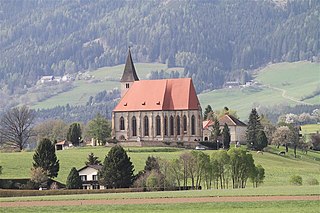
Sankt Marein-Feistritz is a municipality since 2015 in the Murtal District of Styria, Austria.

Sankt Veit in der Südsteiermark is a municipality since 2015 in the Leibnitz District of Styria, Austria. The population was 4,069 residents.

Schwarzautal is a market town since 2015 with 2,299 residents in the Leibnitz District of Styria, Austria.
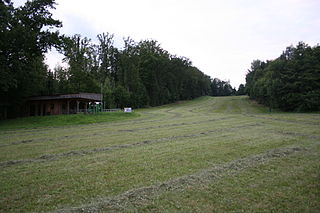
Seiersberg-Pirka is a municipality with 12,112 residents, and after Gratwein-Straßengel, the 2nd-largest municipality of Graz-Umgebung District in Styria, Austria.
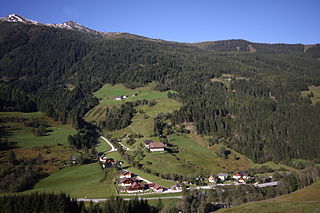
Sölk is a municipality since 2015 in the Liezen District of Styria, Austria.

Stadl-Predlitz is a municipality since 2015 in the Murau District of Styria, Austria.
Stainach-Pürgg is a municipality since 2015 in the Liezen District of Styria, Austria.



